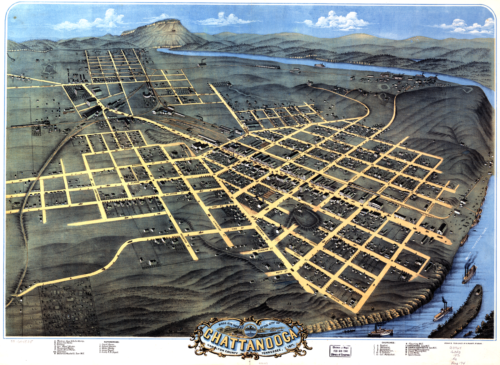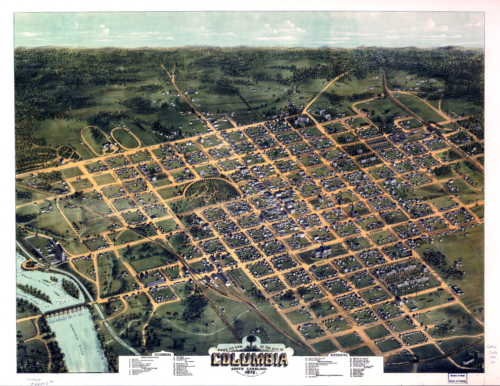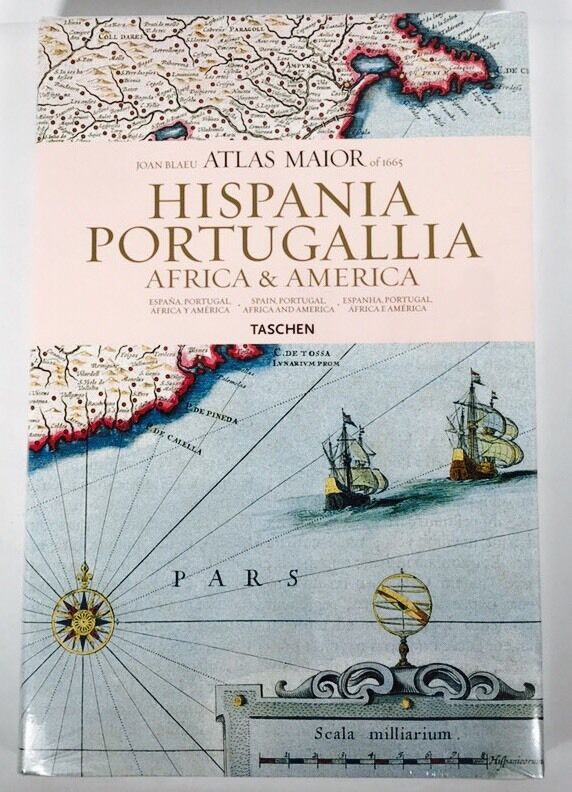-40%
1558 Poster First Map of the American Continent Sebastian Münster 11"x14" Print
$ 6.6
- Description
- Size Guide
Description
First Map of the American Continent - Tavola dell' isole nuove(more info below)
Detailed Specifications
This is a reproduction of the original map
Map Size: 11"x14"
This Map Comes in other Sizes too:
16"x20" and 23"x30"
We have more Maps of
South America
, you can find them in
Our Store
We also have Maps of
North America
,
you can find them in
Our Store
All Our Posters and Maps Are Made in the USA
Remember,
the smaller the map size, the smaller the print, that means it is harder to read the text!
------------------
Early state of Sebastian Münster’s map of America, the earliest to show all of North and South America in a true continental form with a continuous coastline. It is also the first to use Mare Pacificum as a place name and one of the earliest depictions of Japan, as this map was published three years before Europeans contacted the islands.
The present map depicts North, Central, and South America in a recognizable, albeit distorted, form. Few place names or geographical features are present, aside from illustrations of trees, mountain ranges, and other scenes. North America is split into two almost separate land masses, with a large body of water cleaving in from the north.
The eastern portion, connected only by a thin strip of land, is labeled Francisca, after Giovanni di Verrazzano’s 1524 voyage to the Americas in the service of King Francis I of France. The southeastern portion of Francisca is labeled C.Britonum, recognizing England’s early exploration and fishing in the area. An island off the coast of Francisca, Corterati, likely corresponds to present-day Newfoundland.
The larger, western portion of North America is devoid of place names except for Terra florida in the southeast, making the present map the earliest to show the name Florida. In the southern part of North America, the name Chamaho refers to what is now Mexico. Off the east coast of Mexico, Yucatan is shown as an island.
To the east are Cuba, Jamaica, Hispaniola, and Sciana (Puerto Rico), with a large Spanish flag planted on it, indicating Spain’s Caribbean possessions and the line defined by the Treaty of Tordesillas. A Portuguese banner is off of the coast of what is today Brazil. At the border between Central and South America, an area named Paria is indicated as having gold and pearls, as Columbus reportedly found during his voyage.
In South America, Münster includes an illustration of cannibals (Canibali) in the northeast, in present-day Brazil. To the northwest is Catigara, or Cattigara, a city originally referred to by Ptolemy as the most southeasterly point in the known world. Ptolemy placed Cattigara on his Great Promontory, or land bridge between Asia and Africa. This bridge between Asia and Africa having been disproven, Münster believed the Great Promontory to be America and thus located his Catigara on the coast of present-day Peru. To the southeast is the Regio Gigantum, a supposed land of giant Patagonian people as reportedly seen by Magellan on his circumnavigation. The Strait of Magellan is indicated at the southern tip of South America.
To the east of the American continent is the Atlantic Ocean, with the large Portuguese flag in the South Atlantic. Spain and the western edge of Africa can be seen at the eastern border of the map.
To the west of the American continent, the Pacific Ocean (Mare Pacificum) appears for the first time on a map using the modern name given to it by Magellan. The ocean is shrunk so that Japan (Zipangri) appears to be just off the coast of Mexico. Japan’s presence on the map appears three years before Europeans’ earliest known contact with the country, revealing the influence of Marco Polo’s accounts. Many small islands around and to the west of Japan are labeled Archipelagus 7448 insularũ, referring to Polo’s account of a series of 7,448 islands—the Philippines. A land mass in the northwest of the map is indicated as India Superior, with the regions of Cathay and Quinsay indicated in China.
South of Japan in the Pacific is a large illustration of the Victoria, the only surviving ship of five on Magellan’s voyage. At the southwest border of the map is part of an island named Calensuan, whose origin is unclear, although it may be a variation of Ceylon.
The map title (one of the ways to identify the various states of this map) appears at top in sentence-case serif lettering, with red marks through the capital T in Tabula, O in Occidentales, and I in Indianas. A black leaf motif is printed on either side of the title.
Aside from being the earliest printed map to depict the Americas in true continental form, Münster’s use of the name America (here seen as Americam in the phrase printed on South America) cemented it as the name for the New World. The name America had first appeared in Martin Waldseemüller’s 1507 wall map of the world, derived from the name of explorer Amerigo Vespucci.
States, with differences in the spelling of Atlantica in South America, the use of Temistitan and Penuco in Mexico, as well as several changes:
State 1 1540 Atlātica Temistitan NOVVS ORBIS in North and South America
State 2 ca. 1544 Atlātica Temistitan Regio Gigantium in South America moved to the east of the small river
State 3 1544 Atlātica emistitan NOVVS ORBIS removed, Die Nüw Welt widely spaced
State 4 1548 Atlantica Temistitan
State 5 1550 Atlantica Temistitan Die Nüw... is moved lower down, and replaced by Nouus orbis
State 6 1552 Atlantica Temistitan Latitude and longitude bars added outside the map
State 7 1572 Nova Insula… Temistitan Panuco replaced
This map comes with a white border around the image
---------------------------
-How are the prints shipped?
They are rolled and placed into a rigid tube or box.
-Is this available in a larger/smaller size.
Yes. For smaller or larger sizes, email us.











